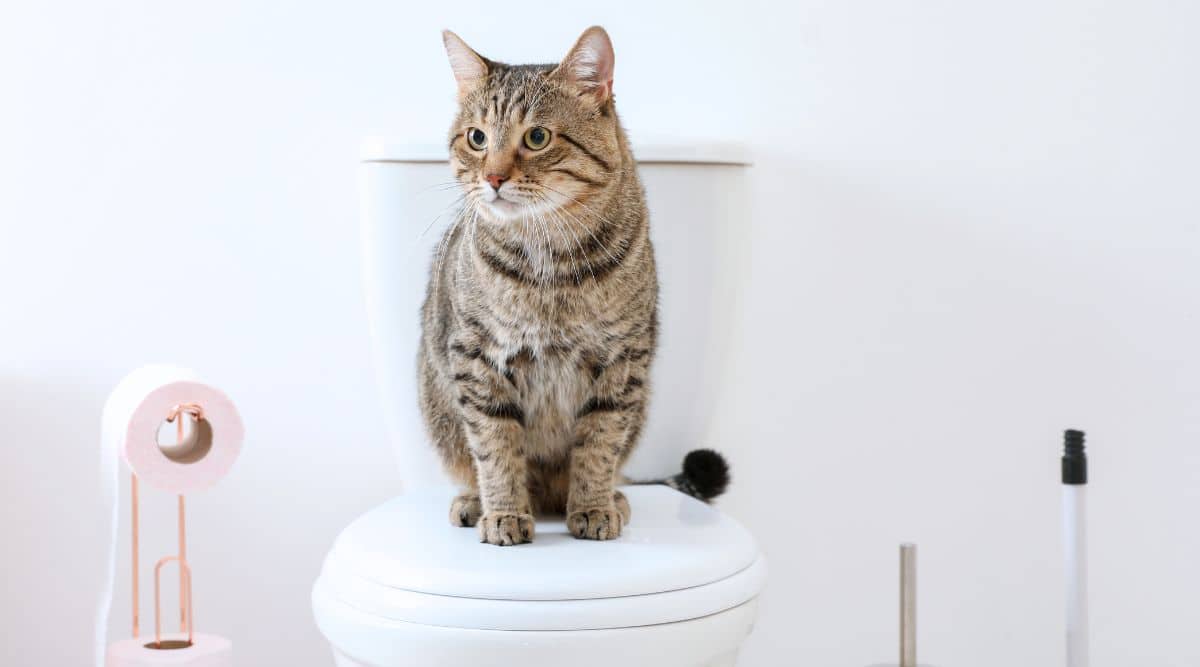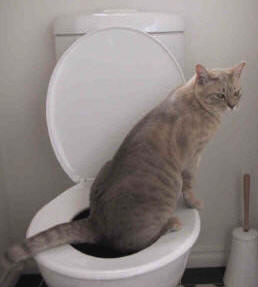What're your thoughts regarding Don’t flush cat feces down the toilet?

Intro
As cat owners, it's important to bear in mind just how we get rid of our feline good friends' waste. While it might appear hassle-free to purge pet cat poop down the commode, this technique can have destructive effects for both the atmosphere and human health.
Alternatives to Flushing
Fortunately, there are more secure and a lot more responsible means to get rid of cat poop. Take into consideration the complying with choices:
1. Scoop and Dispose in Trash
One of the most common technique of getting rid of pet cat poop is to scoop it into an eco-friendly bag and throw it in the garbage. Be sure to utilize a committed litter scoop and get rid of the waste without delay.
2. Use Biodegradable Litter
Choose eco-friendly cat litter made from materials such as corn or wheat. These clutters are eco-friendly and can be safely gotten rid of in the garbage.
3. Hide in the Yard
If you have a backyard, consider burying cat waste in a designated area away from vegetable gardens and water sources. Be sure to dig deep enough to stop contamination of groundwater.
4. Install a Pet Waste Disposal System
Purchase an animal garbage disposal system especially created for pet cat waste. These systems make use of enzymes to break down the waste, reducing odor and ecological impact.
Health and wellness Risks
In addition to ecological problems, flushing feline waste can also posture health dangers to people. Cat feces may have Toxoplasma gondii, a bloodsucker that can create toxoplasmosis-- a possibly severe ailment, especially for pregnant females and individuals with damaged immune systems.
Ecological Impact
Flushing feline poop presents unsafe microorganisms and bloodsuckers into the water system, posing a considerable threat to aquatic ecological communities. These contaminants can negatively affect aquatic life and concession water quality.
Final thought
Accountable pet dog possession extends beyond offering food and shelter-- it likewise includes appropriate waste administration. By avoiding purging feline poop down the bathroom and selecting alternate disposal techniques, we can lessen our environmental footprint and protect human wellness.
CAN I FLUSH MY CAT'S POOP DOWN THE TOILET?
Always avoid flushing cat poop down the drain because not only could it potentially contain harmful parasites called toxoplasmosis, the litter could sit in your line and lead to a clog.
Plenty of waste gets flushed down your toilet every day, so what harm could a little cat poop and cat litter do? The answer is a lot, which is why you never want to send it down your drains.
Can I Flush My Cat's Poop Down The Toilet?One of the biggest problems with flushing your cat’s presents is the harmful parasites in your feline’s stool called toxoplasmosis. Extremely dangerous for humans, especially pregnant women and people who are immunocompromised, these parasites can cause a multitude of problems for unborn babies and even cause death or miscarriage if the infection happens early. That’s why you should always avoid touching cat poop. Also, water systems are not equipped to handle toxoplasmosis and are unable to destroy the parasite before it’s sent back into the environment, potentially jeopardizing the health of local area wildlife, specifically marine life.
Flushing cat poop could also lead to a future drain clog. Try as you may to eliminate any litter from it, there will always still be some stuck on there – and even if it says flushable on the label, it’s not! Cat litter is made up of bentonite clay, which has the tendency to harden when wet, creating a thick, almost cement-like quality. Cat litter that ends up down the drain can expand from the moisture in the pipes and then harden, blocking any wastewater. If you have a septic tank or a cesspool, it cannot handle cat litter either, no matter what kind. If it solidifies in the tank, in any of the system’s major parts like the inlet baffle, it’ll create some expensive problems.
The best way to dispose of cat poop safely is to scoop it into a bag and throw it into the trash – and ways of dealing with the smell include adding baking soda and replacing the box more.
Now that we’ve explained the potential harm that flushing cat poop can cause to you and your drains, you might be wondering the best way of dealing with it. Unfortunately, it’s the old-fashioned way of scooping it into a bag and then placing it into a trash can. They also make pet-proof trash cans that lock in the smell, so that you don’t have to always immediately take it out. If you’re tired of smelling the litter box after even just one use from your feline, there’s things you can do to help combat that smell. Adding baking soda to the litter will reduce smells, but just don’t add too much or your cat will no longer want to use the box. You could also replace the box more frequently, at least once a year, as those smells can just seep inside the scratch marks. Lastly, try changing to a new litter formula – some are better with smells than others.

Hopefully you liked our section on Don’t flush cat feces down the toilet. Many thanks for spending some time to read our posting. In case you enjoyed our page if you please make sure you remember to share it. Thanks a lot for going through it.
Call Today
Comments on “The Risks of Flushing Cat Poop in Your Toilet - Precautionary Measures”